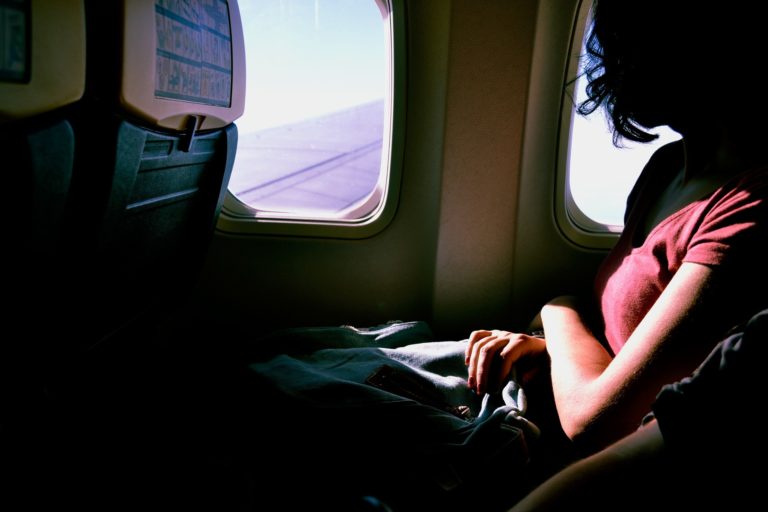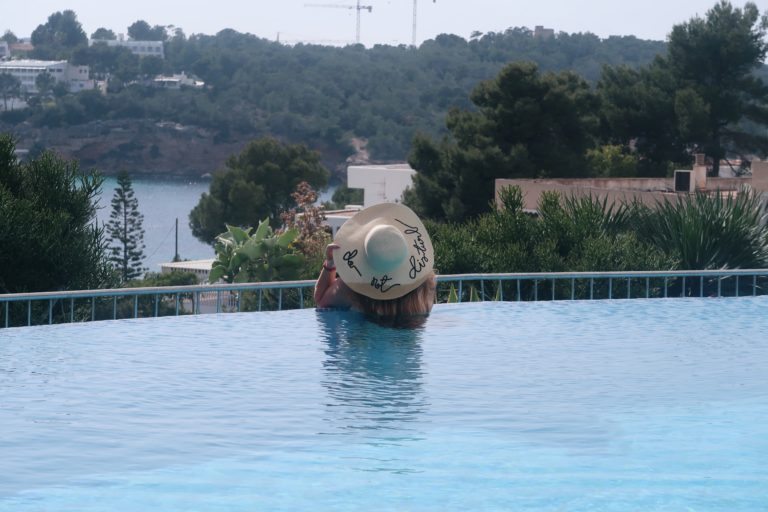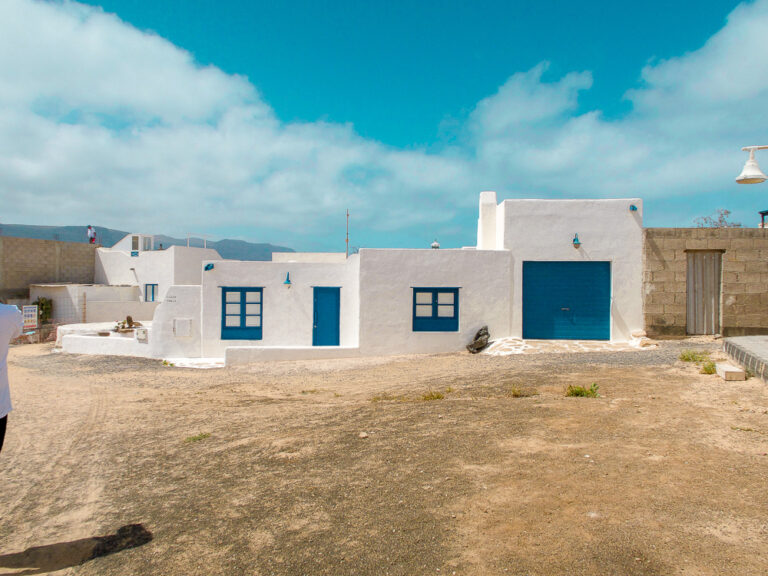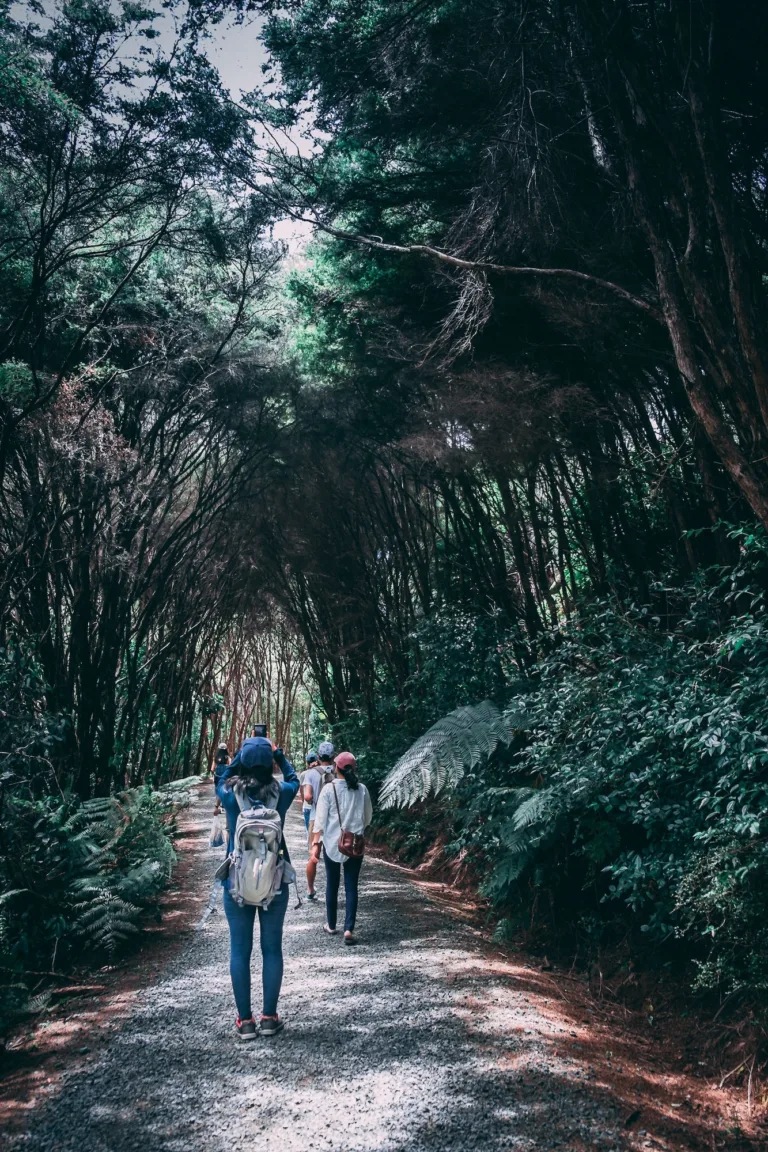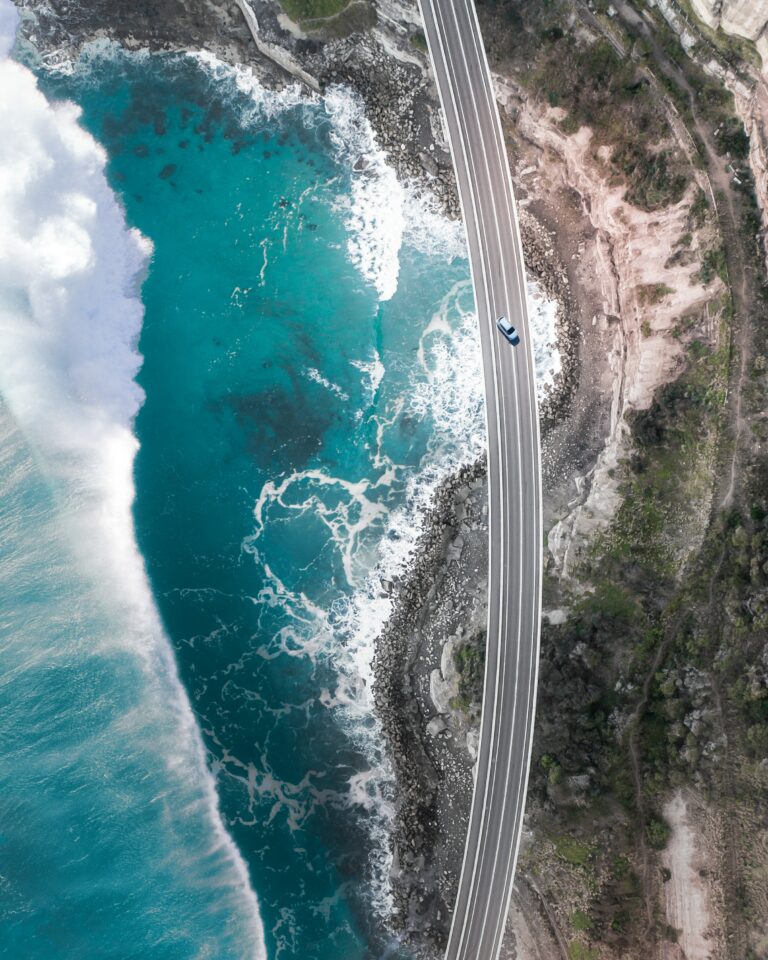5 Restorative Techniques to Recharge After a Long Flight
Air travel can leave even the most seasoned globetrotter feeling drained. The recycled air, cramped seating, and time zone changes create a unique form of exhaustion. After touching down at your destination, your body craves restoration.
I discovered this truth on my recent journey to London. After eleven hours in flight, I emerged at Heathrow airport feeling like a wrinkled shirt pulled from the bottom of a suitcase. My mind was foggy. My limbs felt heavy. I needed revival.
Thankfully, I’d arranged for transport services to take me directly to my hotel. This simple decision proved invaluable. The driver, a local with intimate knowledge of the city’s rhythms, suggested several rejuvenation techniques that transformed my travel recovery.
Here are five restorative practices to help you bounce back after lengthy flights. These methods blend ancient wisdom with modern science to revitalise both body and spirit.

5 Restorative Techniques to Recharge After a Long Flight
1. Hydration Ritual
The pressurised cabin environment depletes moisture from your skin and tissues. This dehydration contributes significantly to jet lag symptoms and that overall feeling of fatigue.
Upon arrival, create a hydration ritual. Begin with a large glass of room temperature water with a squeeze of lemon. The citrus awakens your senses while the water begins replenishing what the flight took away.
Throughout your first day, sip water consistently. Carry a beautiful water bottle as both a reminder and a small luxury. Avoid excessive caffeine or alcohol, both of which further dehydrate your system.
I keep a small atomiser of rose water in my carry on. A light mist on the face provides immediate refreshment. The delicate scent creates a moment of sensory pleasure amid travel chaos.
For deeper hydration, apply a rich moisturiser to your skin. The dry cabin air leaves your largest organ thirsty for nourishment.
This small act of self care signals to your body that restoration has begun.

2. Grounding Movement Practice
After hours of confinement, your body yearns to remember its natural rhythms and capabilities. A gentle movement practice reconnects you with your physical self.
Begin with simple stretches that target areas most affected by flight posture. Roll your shoulders backwards and forward. Stretch your neck from side to side. Extend your legs fully, pointing and flexing your feet.
If weather permits, take a barefoot walk on grass or sand. This practice, often called “earthing,” allows your body to absorb the earth’s natural energy. The sensation of texture beneath your feet awakens nerve endings dulled by hours in shoes.
During my London stay, I discovered a small garden behind my hotel. Twenty minutes of gentle yoga there did more for my recovery than hours of rest indoors would have. The combination of fresh air, natural surroundings, and mindful movement restored my equilibrium.
For those who prefer a more personalised way to unwind, Heathrow escorts offer tailored companionship and local expertise that can make your recovery feel like a true escape.
Swimming is another activity that offers an excellent recovery option. The water’s support counteracts gravity’s pull, relieving pressure on joints compressed during flight.
The gentle resistance rebuilds muscle tone without strain.
3. Light Exposure Strategy
Your circadian rhythm responds powerfully to light cues. Strategic light exposure helps reset your internal clock after crossing time zones.
If you’ve travelled eastward, seek morning sunshine. This signals your body to advance its sleep cycle. For westward journeys, afternoon light exposure helps delay your sleep timing appropriately.
During my London mornings, I made a ritual of walking through Regent’s Park as the day brightened. The combination of gentle exercise and natural light programmed my body to adapt to local time.
Conversely, limit blue light exposure in the evening. The glow from phones and laptops tricks your brain into remaining alert.
Consider wearing amber-tinted glasses after sunset to filter harmful wavelengths.
Some luxury hotels now offer light therapy lamps.
These devices mimic natural sunlight, providing the benefits even when weather or scheduling doesn’t permit outdoor time. Twenty minutes beside one can significantly improve adaptation.
4. Contrast Therapy
Temperature contrasts stimulate circulation and awaken a sluggish system. This ancient practice appears in wellness traditions worldwide, from Nordic sauna culture to Japanese onsen rituals.
Begin with a warm shower, allowing heat to penetrate tight muscles. Then, briefly switch to cool water. This temperature shift causes blood vessels to contract, then dilate, improving circulation throughout your body.
For the brave, alternate between sauna heat and cold plunge pools. Many upscale hotels and spas offer these facilities. The practice flushes toxins, reduces inflammation, and delivers a profound energy boost.
During winter travels, I’ve found that even a brief cold splash on my face awakens my system. In summer, a cool swimming pool followed by rest in warm sunshine creates a gentle version of this therapy.
This practice demands nothing elaborate. Simply ending your regular shower with thirty seconds of cooler water stimulates your vagus nerve, activating your parasympathetic nervous system and promoting recovery.

5. Mindful Nourishment
Post-flight nutrition requires thoughtfulness. Your digestive system, like the rest of your body, experiences stress during air travel. Gentle, nutrient-dense foods support recovery without taxing your system.
Begin with easily digestible options rich in hydration. Fresh fruits, particularly melons and berries, deliver water content alongside natural sugars and antioxidants. Light soups provide both hydration and nourishment.
Include protein sources that support cellular repair. A small portion of fish, eggs, or plant proteins gives your body building blocks for recovery without overwhelming digestion.
Seek out local, seasonal foods at your destination. These items contain the precise nutrients your body needs in that climate and season. They also begin your cultural immersion, connecting you to place through taste.
I maintain one travel tradition regardless of destination: finding a local market on my first day. In London, Borough Market offered a sensory feast. The vibrant produce, artisanal cheeses, and freshly baked bread awakened my appetite dulled by flight.
Avoid heavy meals, excessive alcohol, and sugar-laden treats during your first twenty-four hours. These choices burden your already stressed system and delay recovery.

Finding Your Personal Restoration
The journey from depleted traveller to vibrant explorer requires personalised attention. Each body responds uniquely to the challenges of long haul flights. Observe what leaves you feeling most restored.
Some travellers benefit from social connections upon arrival. Others require solitude. Some bodies crave movement, while others need stillness. Honour your particular needs rather than forcing yourself into activities that drain rather than restore.
Remember that recovery isn’t merely physical. The mental transition between home and destination requires space and care. Journal about your arrival impressions.
Allow yourself moments of wonder at new surroundings. These practices ease the psychological aspects of travel fatigue.
The next time you find yourself stepping off a long flight, remember these techniques. With thoughtful attention to your body’s needs, you can transform from exhausted passenger to energised traveller more quickly than you might imagine.
Safe travels and swift recovery on your next adventure.


